An Easy Trick to Know When to Use Primer.

Have you ever painted a piece of furniture white only to have it turn pink or yellow?? I have, and it’s the worst! This my friends, is called “bleed through” and it’s the nemesis of furniture painters everywhere. White is actually the hardest color to achieve, not only in coverage, but also in preventing and avoiding “bleed through”. But I have an easy trick to help you out - read on!
This dresser here is an example of bleed through, I painted it white, distressed it, put it in my room only to have it turn pink! So what do you do to prevent this?? Prime it. But, how do you know when you have to prime it?
This is called the “bleed through test” and it will help you determine when you have to prime a piece before you paint it.
Keep in mind this is only necessary if you are painting a piece of furniture white, light gray, cream, or any very light color. Otherwise the paint pigments for other colors will be strong enough to cover any bleed through that may occur.
Here’s the test:
Step 1: Scuff sand your piece with 220 grit sandpaper (this is my recommendation to prep a piece before painting anyway).
Step 2: Clean your piece - I spray it down with a cleaning mix in a spray bottle.
Step 3: Wipe off all the cleaner and dust with a white paper towel.
Step 4: Here’s the test - if your paper towel looks like this - it shouldn’t be at any risk for bleed through - that's just dirt. Paint away!
BUT, if your paper towel looks like this - with a tint of pink, red, yellow or orange - YOU MUST USE PRIMER!
You may know without even doing this test if your piece will be a bleeder, most pieces that are cherry, mahogany, oak or stained in these colors will be a dead giveaway. But sometimes, it can surprise you what may happen. It’s better safe than sorry after all those coats of white paint.
If you need to use primer, pick one that is good for stain blocking. Some of my favorites include, BIN Shellac (it’s smelly but works really well!), General Finishes Stain Blocker or Dixie Belle BOSS. Choosing a water based version is a safer bet and won’t ruin your brush in the process, but can be a bit more expensive.
I hope this helps you determine if you need to prime your next piece of furniture before you start painting it! Avoid the dreaded bleed through!
If you enjoyed this post, consider joining me for my upcoming online furniture painting class: Painting Furniture with Confidence. This is just a tiny tidbit of what will be included in the class that will help you learn how to paint a piece of furniture like a pro!
Happy Painting!
Jenni
Enjoyed the project?

Comments
Join the conversation
-
 Catherine Hays
on Apr 27, 2019
Catherine Hays
on Apr 27, 2019
Thank you, that is great advice. I appreciate you sharing your knowledge, definitely learned a new trick today!
-
-
 Valerie Burge
on Apr 27, 2019
Valerie Burge
on Apr 27, 2019
Great timing for me to read this post! I just bought a can of primer 2 days ago. I've never used primer before, but I was thinking it may be more cost effective, as I wouldn't need to use as many coats of my favorite paints. Primer is certainly cheaper than good paint! Thanks for the post, Jenni.
-



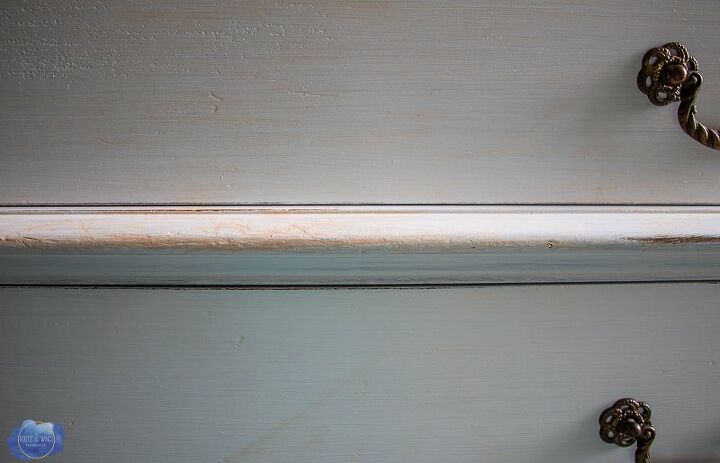







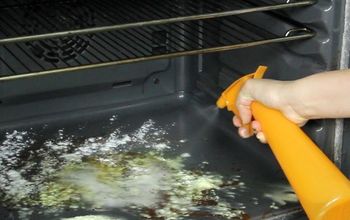








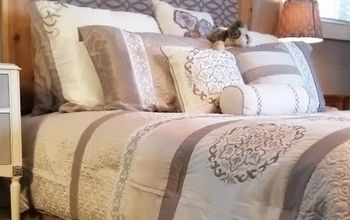

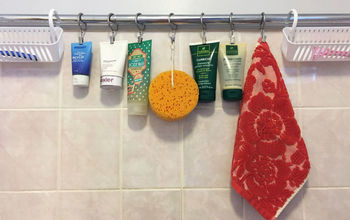


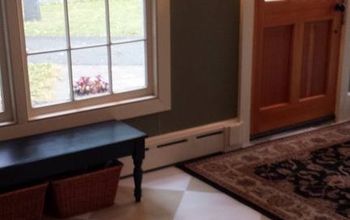


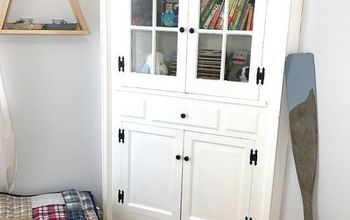
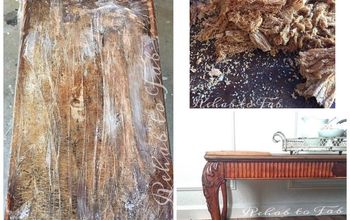
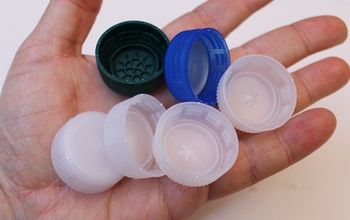
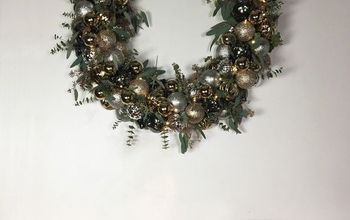


Frequently asked questions
Have a question about this project?